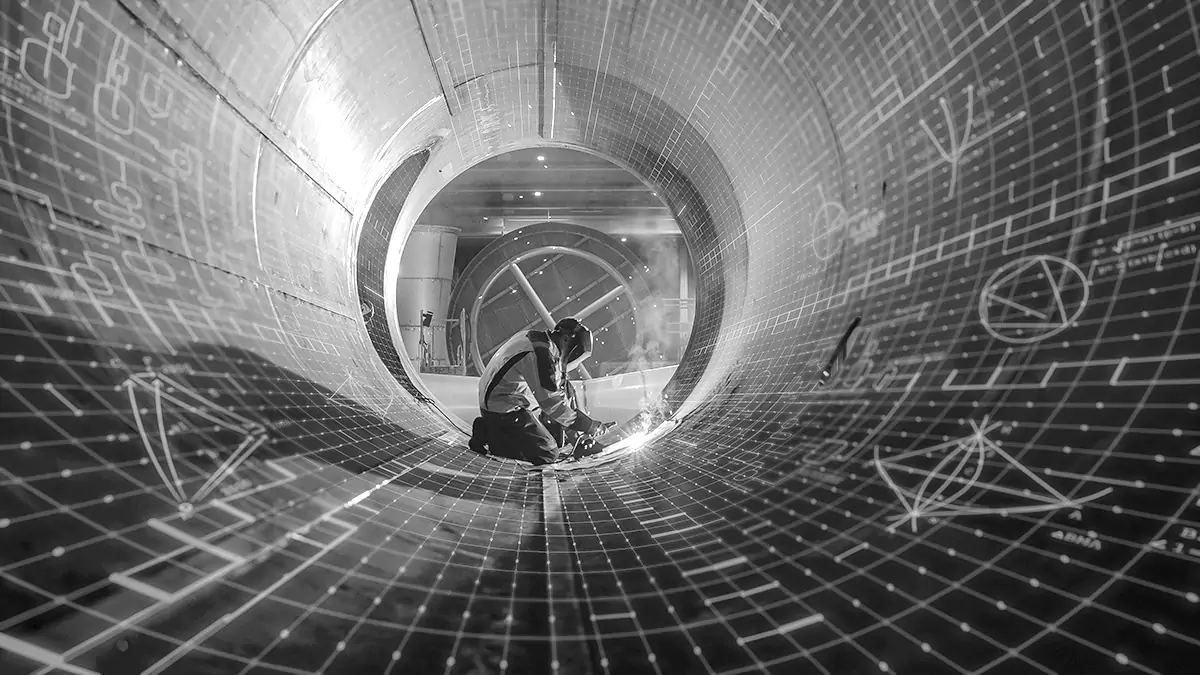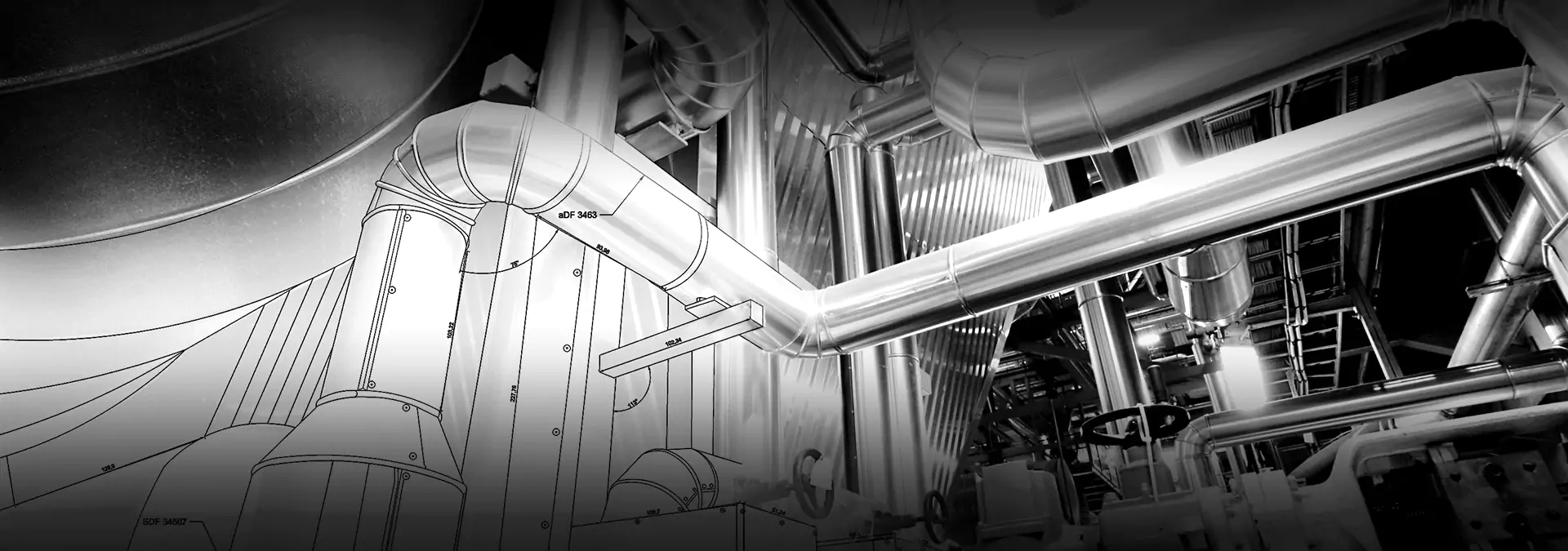In today’s world, the impact of technology can be felt at an accelerated pace across almost every aspect of our lives. The piping industry itself is not exempt from technology’s far-reaching powers. Pipe suppliers in the UAE and across the region need to be constantly developing, evolving, and using the latest technology to meet their project, client, and sustainability needs more effectively. Science-led innovations across materials, AI-supported information management systems, robotics, and monitoring equipment are just some of the domains where technological advancements are able to give businesses a competitive edge in the piping industry. In both materials and processes, companies across the supply chain are using technology to provide their clients with better, cheaper, and more sustainable solutions for their pipe system needs.
Introduction
Data
To utilize the opportunities that new technology provides, companies need to be properly data-enabled, meaning they need to be able to not only collect but also interpret and use data to inform decisions and actions. Monitoring and robotics have made considerable contributions to data collection from existing pipe system networks, and provide extensive information for evaluating performance, identifying vulnerability points, predicting faults, and preventing shutdowns. Using data from across the supply chain, computer-aided design and simulations have optimized overall pipe system visualization and manipulation. This has impacted every aspect of pipe system design, including selecting the most appropriate pipe material for any project and choosing the right diameter, size, thickness, treatment, and coating of the pipes selected. Computer-aided design can also contribute to more efficient installation, inspection, and maintenance of piping systems, and at the end of their useful life, the final removal, disposal, and recycling of materials.

Materials
Among the most exciting fields of innovation in the piping industry is the field of materials. Guided by solid data and technological advancements, new composites are finding their way into niche applications, and systems can be deployed that make use of materials customized to suit any application in any environment. In harsh and disparate environments such as the Arabian seas and deserts, recent innovations in the production of alloys to suit corrosion, pressure, and temperature requirements are enabling pipe stockists to recommend lighter materials, that need less monitoring, and are more economical over the life cycle of a project.
Adding alloys (such as copper, nickel, chromium, and manganese) to steel pipes improves their performance, increases the useful life of a system, and involves less inspection, maintenance, and repair. Carbon steel, stainless steel, and galvanized steel, for example, help pipes resist corrosion from internal and external factors, and are extensively used in applications that require reliable performance in harsh working environments.
Handling
In addition to pipe system materials, advances in technology are felt across the pipe system value chain. From analytics to logistics, technology is contributing to overall innovation, efficiency, and sustainability. This includes pipe cutting and fabrication technology, where technology contributes to better pipe system solutions. Completing the cycle, pipe system suppliers must be able to capitalize on advances in logistics to stock and deliver a wider range of material in an efficient way to suit client receiving and installation schedules – including providing the necessary skilled labor for handling, installation, and any onsite machining or support.
Sustainability
From production to distribution, all industrial liquids and gases have to go through pipe systems. These systems carry the responsibility of preventing leaks and spills to minimize any potential negative impact on the environment. This puts pipe system designers at the front line of protecting the environment from major ecological disasters. To achieve this, they are turning to technology to leverage the use of sustainable and recyclable materials wherever possible and economically viable. However, sustainability does not just cover new installations, and technology is playing a vital role in supporting aging infrastructures working past their designed project lifecycle in harsh environmental conditions, and requiring special attention, whether for refurbishment, mothballing, or final removal and recycling of site materials. Extending the life of pipes and components through using advanced materials and precision-targeted maintenance helps massively in reducing the need for replacements and therefore reduces the impact on the environment.
Compliance
International standards, local laws, industry regulations, application best practices, community rules, health and safety guidelines, and environment and sustainability requirements constantly update to adapt to new knowledge and new technologies, leading to a safer, more sustainable piping industry. Across the value chain, stakeholders need to comply with a wide range of transparency and reporting requirements to ensure that they are meeting all relevant operational and sustainability considerations. Compliance with guidelines, rules, and regulations requires that the adoption of new technologies be integrated with sound technical, business, health & safety, and sustainability knowledge and expertise.
Conclusion
Given the complexity of today’s energy, industrial, and municipal projects across every kind of environment and terrain, all stakeholders must adopt a collaborative approach to integrating technological innovations across the piping industry. The adoption of technologies to meet operational requirements, reduce costs, and capitalize on market opportunities will require data insights and team oversight. Starting with design and through to the eventual proper disposal and recycling of pipes and fittings at the end of their useful life, the impact of technology on every aspect of the pipe system value chain will likely continue to grow at an unprecedented pace. The results promise to be better, cheaper, and more ecological pipe system solutions.
For an assessment of how technology can enhance and contribute to your existing or planned piping project, contact Gerab.


